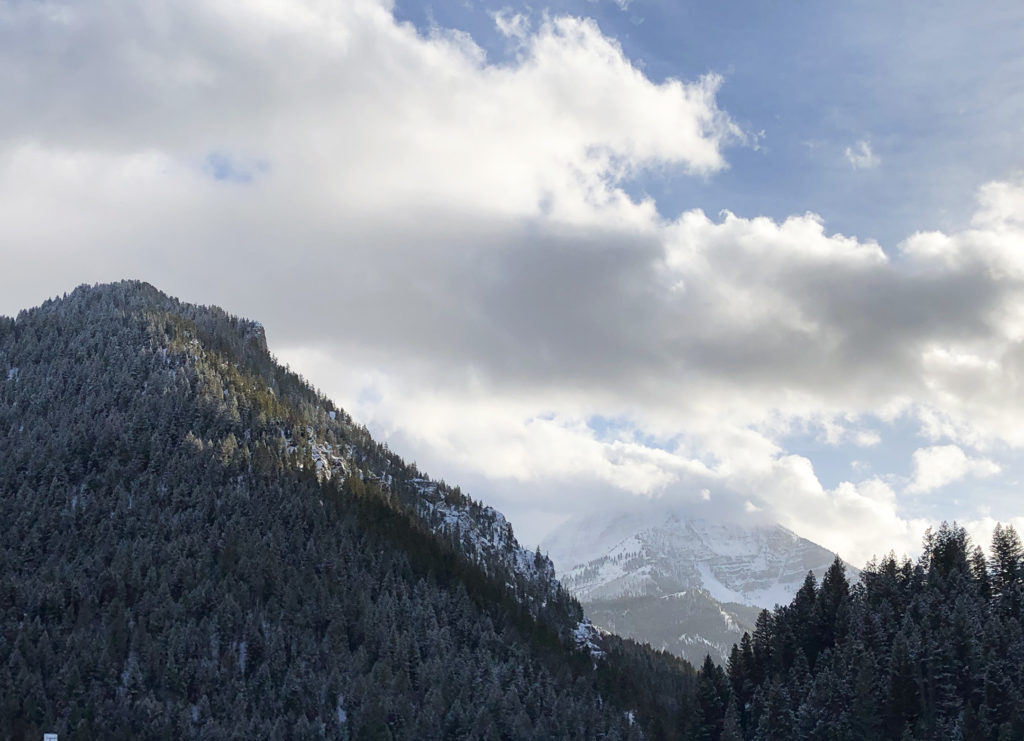
Avalanche safety has become a top priority for those who do recreational activities such as skiing, snowboarding and snowmobiling in Utah’s mountains after an avalanche in Salt Lake’s Mill Creek Canyon buried and killed four Utahns on Feb. 6.
According to National Geographic, humans trigger 90% of avalanche disasters that they get caught in. Over the last 10 years, an average of 27 people died in avalanches each winter in the United States.
Outdoor recreation company Utah Mountain Adventures said the number one thing to do to avoid being caught in an avalanche is to recognize and understand what avalanche terrain looks like and stay away from it.
“The avalanche hazard has been extremely high this year,” said Utah Mountain Adventures owner and president Julie Faure.
Avalanches are affected by many factors, including the weather, the layering, the snowpack and how sloped the mountain is.
Faure said an important aspect of understanding avalanches and whether the snow is stable is to “follow the weather from the beginning of the snowpack, around September or October.”
As snow falls early in the season, if there isn’t more snow for a long period of time, the snow on the ground will start losing its cohesion. “When new snow falls on top of it, it’s like marbles sitting on the ground, and then you have the new snow on top that becomes cohesive like a blanket,” Faure said. “It has a certain thickness but it’s sitting on what acts as marbles and if you tilt it upwards, then it will slide.”
Those who really want to avoid any scare of avalanches should stay on slopes with a shallow incline, as most avalanches don’t occur on slopes of 25 degrees or less — the majority occur on slopes that are 35-45 degrees.
“Where the snow is being deposited, higher temperatures, melting and water content of the snow can also make a difference,” said BYU geography professor Matt Bekker.
There are also avalanche safety courses that anyone can take to learn the skills necessary for going into avalanche terrain.
“Read the Utah Avalanche report, know the risks, the slope angles you are skiing on, and carry the safety gear,” said Utahn and local avid skier Matthew Conover.
Avalanche safety gear usually includes three pieces: an avalanche transceiver or a beacon, a snow probe, and a snow shovel.
- An avalanche transceiver is an aid used to help find a companion if there are two or more people at an avalanche site. The transceiver transmits a signal from the victim to the companion to help make contact.
- A snow probe is used for pinpointing the location of a person who’s been buried by an avalanche. The probe extends like a pole and can be pushed into the snow to find the person.
- A snow shovel is used to dig out a person who’s been buried by an avalanche, by moving a lot of snow.
Conover said carrying avalanche safety gear and going in pairs or groups is usually safer than being alone when in avalanche terrain.
For more questions or avalanche safety course information, visit avalanche.org or Utah Mountain Adventures’ website.




